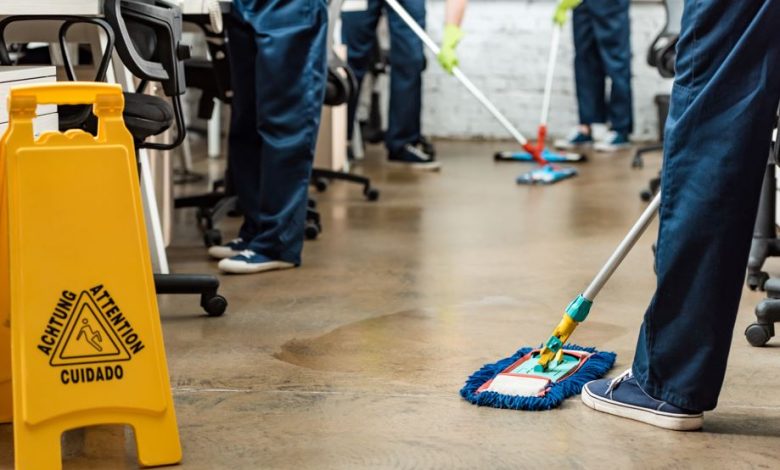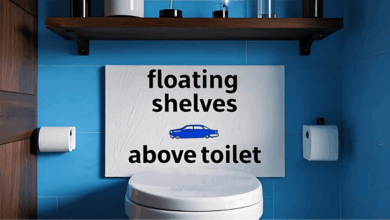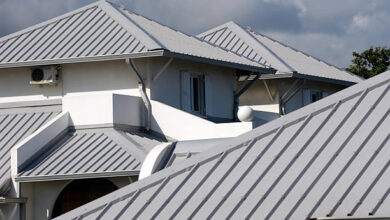Efficient Techniques for Sewage Cleaning: A Comprehensive Guide

Introduction:
Sewage cleaning can be a challenging task, requiring efficient techniques to ensure effective and thorough remediation. Whether you are dealing with a minor sewage backup or a major sewage incident, employing the right techniques is essential. In this comprehensive guide, we will explore efficient techniques for sewage cleaning that will help you tackle the task with confidence and achieve optimal results.
- Personal Protective Equipment (PPE):
Before starting any sewage cleaning process, it is crucial to prioritize personal safety. Wearing appropriate personal protective equipment (PPE) is essential to protect yourself from potential health hazards. PPE may include gloves, goggles, face masks, and protective clothing. By using the proper protective gear, you reduce the risk of exposure to harmful pathogens and contaminants present in sewage.
- Containment and Isolation:
Containment and isolation are key steps to prevent cross-contamination during sewage cleaning. Establish a containment area by setting up barriers or using plastic sheeting to isolate the affected area. This prevents sewage from spreading to unaffected parts of the property. It is important to seal off air vents or ducts to prevent airborne contamination. By containing the sewage and isolating the area, you minimize the risk of further contamination and ensure a focused cleaning process.
- Removal of Standing Water and Debris:
The first step in sewage cleaning is removing standing water and any debris present. Use pumps, wet vacuums, or mops to extract the water. Be cautious not to spread the sewage during this process. Dispose of the water and debris in accordance with local regulations and guidelines for proper waste management.
- Thorough Cleaning and Disinfection:
Once the standing water and debris are removed, it is time to clean and disinfect the affected area. Use a detergent or specialized cleaning solution to thoroughly clean all surfaces, including floors, walls, and fixtures. Pay extra attention to areas that came into direct contact with sewage. Scrub the surfaces with brushes or scrubbers to remove any residue or stains.
After cleaning, it is essential to disinfect the area to eliminate any remaining pathogens. Use a disinfectant specifically formulated for sewage cleanup. Follow the instructions on the product label and ensure sufficient contact time for the disinfectant to be effective. This step helps to kill bacteria, viruses, and other harmful microorganisms, ensuring a hygienic environment.
- Drying and Restoration:
Proper drying is crucial to prevent mold growth and further damage. Use dehumidifiers, fans, and other drying equipment to remove excess moisture from the affected area. Monitor the humidity levels and ensure that all surfaces are thoroughly dried before proceeding with restoration.
Depending on the extent of damage, restoration may involve repairing damaged walls, flooring, or plumbing systems. Consult with professionals if necessary, especially for extensive damage or structural issues. Restoration ensures that the property is brought back to its pre-incident condition, promoting a safe and functional environment.
Conclusion:
Efficient techniques for sewage cleaning are essential for effective and thorough remediation. By following this comprehensive guide, you can tackle sewage-related incidents with confidence and achieve optimal results. Remember to prioritize personal safety by using appropriate personal protective equipment. Contain and isolate the affected area to prevent cross-contamination. Remove standing water and debris, and proceed with thorough cleaning and disinfection. Finally, ensure proper drying and consider restoration if needed. By employing these efficient techniques, you can effectively address sewage incidents and restore a clean and safe environment.



